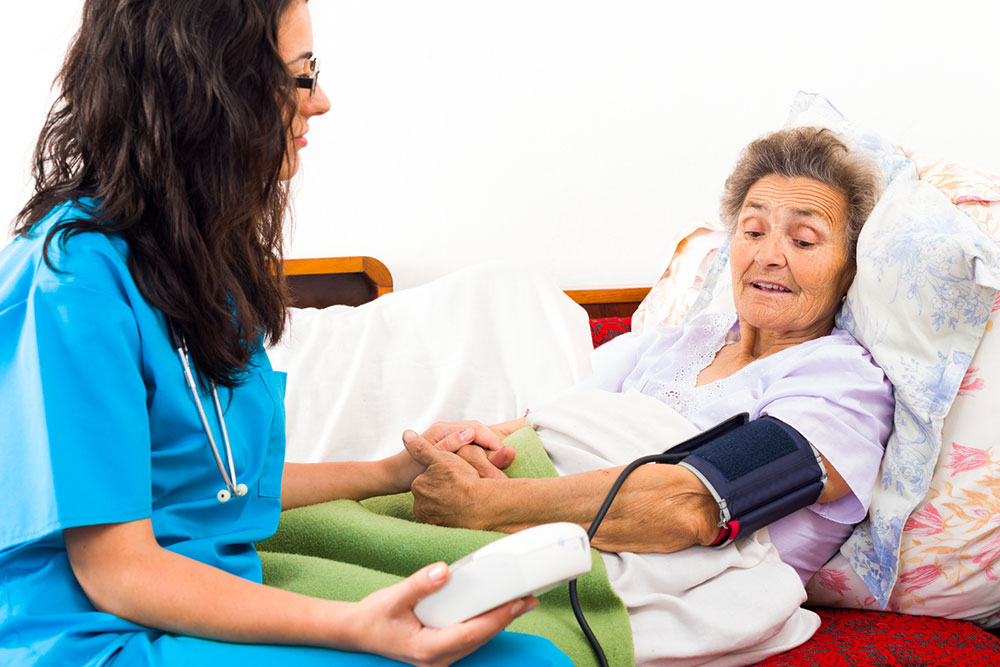
Parkinson’s disease – Signs, stages, and management options
Parkinson’s disease is a progressive health disorder that causes parts of the brain to deteriorate. Mostly observed in those above 60 years of age, this degenerative condition affects a person’s balance, movement, and muscle control. In addition, it can affect the senses, mental health, and thinking ability. The various symptoms progress through the multiple stages of Parkinson’s disease over time. Here are the various signs and symptoms of Parkinson’s and management options.
Signs and symptoms of Parkinson’s disease
Experiencing any of the following signs does not necessarily mean a person has Parkinson’s. However, if someone has more than one of these symptoms, it is important to consult a doctor to get the correct diagnosis. Here are some of the common signs and symptoms of Parkinson’s disease:
- Experiencing tremors or slight shaking of the finger, thumb, hand, or chin, even at rest
- Handwriting changing or becoming smaller and more crowded
- Unable to smell certain foods
- Sleeping problems such as frequent sudden movements
- Difficulty moving or walking with stiffness in the body, arms, or legs
- Frequent constipation
- Low or soft voice
- Facial masking, that is, the face having a blank look irrespective of mood
- Frequently feeling faint or dizzy
- Hunching over or stooped posture
Stages of Parkinson’s disease
The severity of Parkinson’s disease symptoms is usually classified across different stages. Health experts use these five stages to determine how far the disease has progressed.
- Stage 1: This is the mildest form of Parkinson’s. The symptoms, such as tremors and movement difficulties on one side of the body, start to appear but are not severe enough to disrupt everyday routine activities. Most of the time, the symptoms at this stage are subtle and not noticeable.
- Stage 2: This is the moderate form of Parkinson’s that occurs months or years after stage 1 . In stage 2, symptoms such as stiffness, trembling, and tremors are easily noticeable. Also, there can be changes in the person’s facial expressions, difficulty walking, speech problems, and stiffness of muscles. The symptoms progress from one side to both sides of the body.
- Stage 3: This stage marks the progression to increased severity of Parkinson’s. Although the symptoms are the same as in stage 2, the severity is so great that a person starts to find it difficult to complete routine activities. With the loss of balance and decreased reflexes, the risk of falling becomes higher at this stage.
- Stage 4: At this stage, it becomes harder for a person to live independently. They may require mobility aids such as walking sticks, walkers, or wheelchairs. There is a significant decrease in the ability to coordinate movements. A person will require constant assistance to do daily tasks.
- Stage 5: This is the most advanced stage of Parkinson’s. There is extreme stiffness in the legs that leads to freezing when standing. This makes it almost impossible to stand or walk. A person may also experience hallucinations, confusion, delusions, and dementia.
How to manage Parkinson’s disease
Right now, Parkinson’s disease is not curable. Doctors usually recommend treatment plans to manage the symptoms and possibly slow down the progression of the disease. These plans generally involve lifestyle changes and prescribed management options.
- Lifestyle changes
- Have a consistent exercise routine that depends on the mobility and range of motion of the arms and legs.
- Practice healthy eating by avoiding foods that worsen the symptoms, such as refined foods, fast food, refined sugar, and caffeinated beverages.
- Choose nutritious options such as fresh fruits and vegetables, whole grains, and healthy fats.
- Follow a consistent sleeping schedule.
- Learn to manage stress by practicing mindfulness.
- Stay productive by picking up one’s favorite activities or hobbies.
- Be socially active through friends, family, and neighbors.
- Treatment options
- Oral treatment options: A care team gives oral treatment options that help manage symptoms such as walking, movement, and tremor. This treatment method aims to increase the dopamine level, which becomes low with the onset of Parkinson’s disease.
- Deep brain stimulation: This procedure involves the implantation of electrodes into a part of the brain. Electric pulses are then sent to the brain through these electrodes. This can help lower the severity of Parkinson’s in its advanced stages.
- MRI-guided focused ultrasound (MRgFUS): This minimally invasive procedure involves guiding ultrasound rays through an MRI to parts of the brain. This can help manage symptoms such as tremors and shaking.




